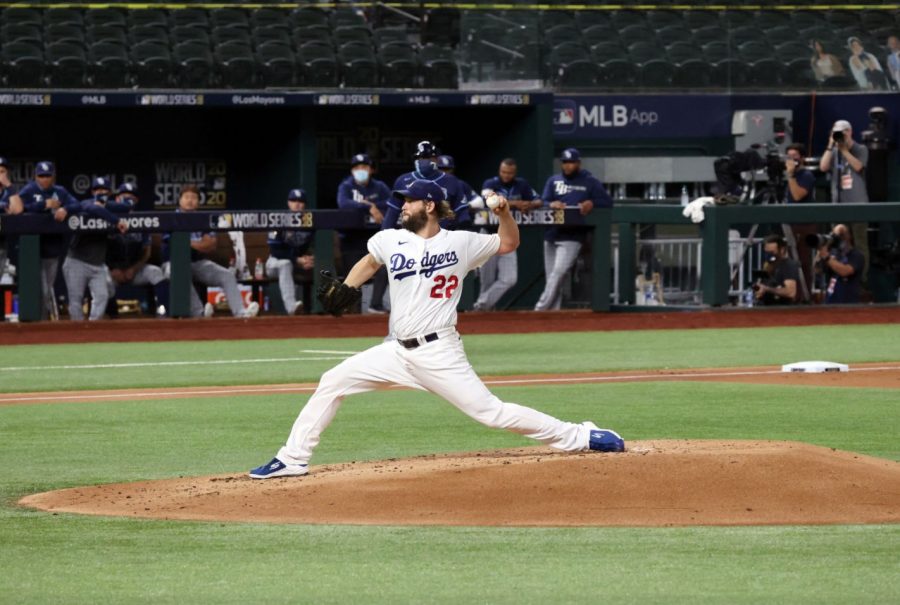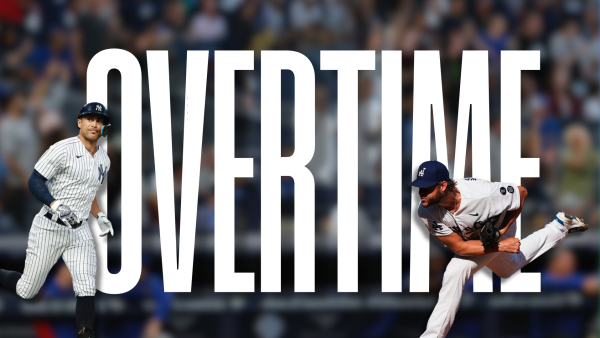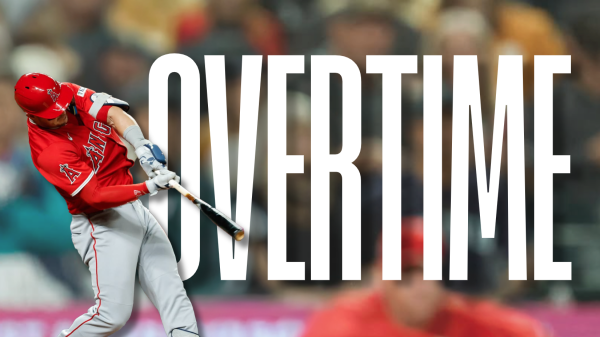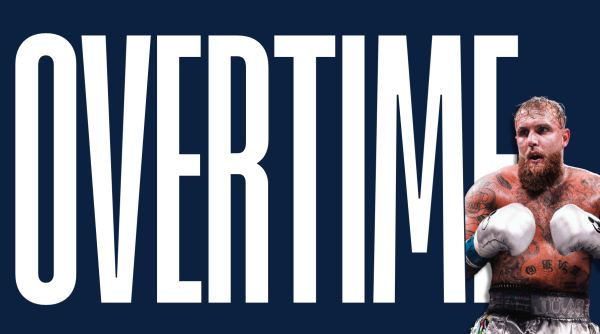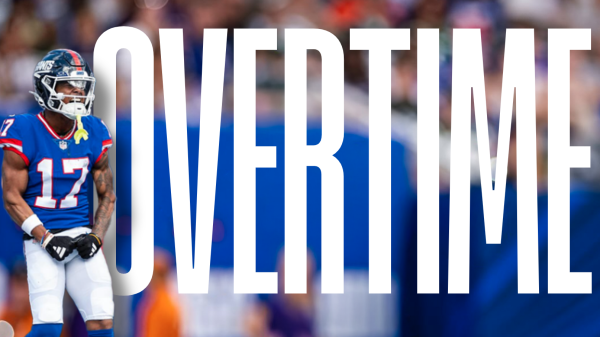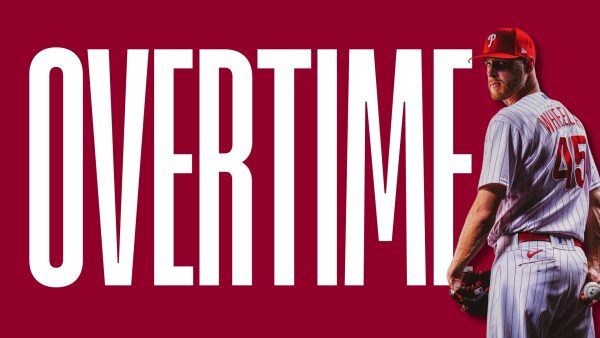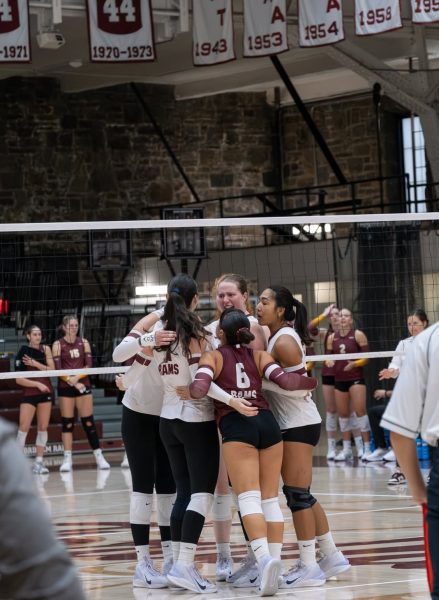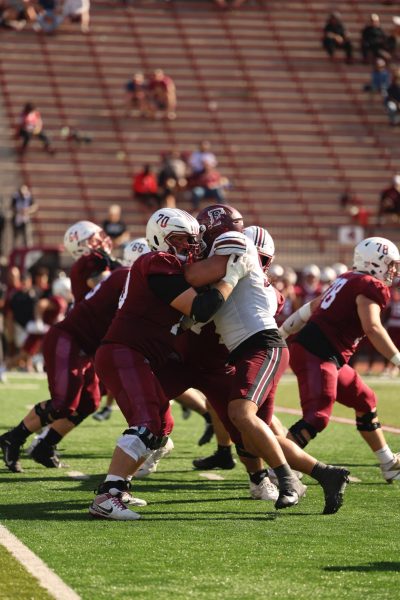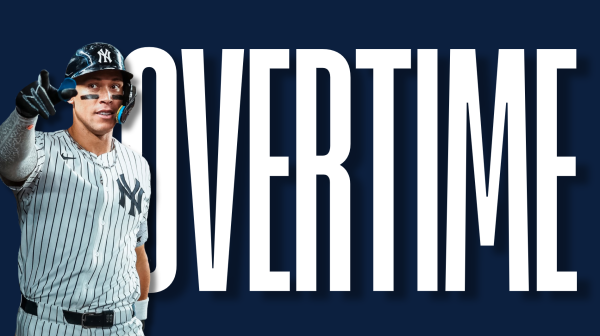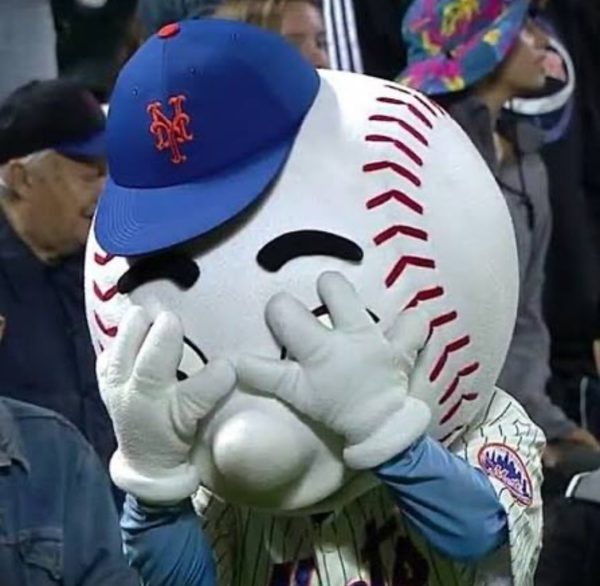Tricky Treats: A Look at Sports as We Round Out the Year
This is the Halloween edition of The Fordham Ram, and as you, I and every child in America knows, pandemic or not, Halloween is a big day for candy.
Candy is just wonderful; it’s sweet and delightful and reminds us of simpler times and fond memories. But if you’re like me, you probably know that with something as great as candy, you want to have as much of it as possible, and you will get greedy with it. And if you eat enough candy, you will eat yourself sick.
In this world of coronavirus restrictions, that greed for candy is exactly what professional and even collegiate sports are beginning to feel like.
Back in July, after just about four months of life without live sports at any level, we were delighted to begin to see some professional sports leagues come back: The National Basketball Association and National Hockey League both moved the majority of their leagues into remote bubbles to finish out their regular seasons and hold their postseason tournaments, and after a long negotiation process between the league and the Players’ Association, Major League Baseball released a 60-game regular season plan and proceeded with their season without fans.
These three leagues had the remainder of their seasons, for the most part, go off without a hitch. The NBA and NHL went through the last handful of weeks of their play without any positive cases and were able to crown champions to their only slightly shortened seasons. While baseball had a handful of team-wide outbreaks and game postponements over two and half months, they were able to complete their regular season and, barring anything disastrous happening following the publication of these words, will be crowning a World Series champion.
While there were certainly trials and errors along the way in a summer that obviously could not have been properly prepared for, it is mostly safe to say that all three of the leagues were able to successfully, and more importantly, responsibly, go about their seasons and postseasons in a way that did not cause anything more than just a few positive cases. But these three leagues’ seasons in the midst of a national, or more accurately, global, pandemic did raise an incredibly important question: Where was the line to be drawn? What situation would cause and justify play stopping?
Unfortunately, during these summer competitions, that question was not really answered. Then came the fall and the resuming of our nation’s most popular sport. And not just at the pro level.
The National Football League never truly had an official contingency plan as to how they would tackle their season during COVID-19. Health and safety precautions were taken in training camps, and the NFL draft took place remotely this year, but other than that, the league did not seem particularly driven to adjust their regular season. Perhaps such rigidness is to be expected from a billion-dollar organization and business that in itself rivals the economies of some small countries.
But the return of football has proven, if anything, one thing: We got way too greedy with sports this time around.
When the NFL announced their 2020 regular season schedule in May, already two months into the United States’ pandemic lockdown, they truly did not take any precautions in adjusting the schedule to limit travel, as if it was any other season happening in any other year. Seven weeks into the regular season, the San Francisco 49ers have already played three of their games on the East Coast. That type of scheduling and lack of willingness to adjust the balance of the schedule is nothing short of completely irresponsible on the league’s part.
And it is for those reasons that the NFL has already had to delay and postpone a handful of games, adjusting the schedule as they go along. In this situation, the question that was left unanswered this summer again arises: At what point can or should the NFL say that the risk of playing is too much? What is it going to take? Players are testing positive every few days. Is it going to take a player dying, a person losing their life, for the league to say the risk is not worth the reward? That will be for the NFL to decide, and it will be on their conscience too.
Another thing on the conscience of the league is their decision allowing fans to attend games. While states such as New Jersey have blocked their stadiums from welcoming fans, others have not, and NFL games have been played in front of crowds of various sizes. Many of these crowds have not followed health guidelines, and while those decisions are ones made by spectators, it is still the league itself that has allowed it to happen — another area where a lack of strict policy has caused an unresolved issue.
Baseball’s NLCS and World Series have also been played with players’ families filling in seats, completely ruining the rather respectable bubble they had in place for their postseason. That change of plans makes the Dodgers’ Justin Turner’s eighth inning exit in the final game of the World Series due to a positive COVID test all the less surprising.
All of that goes without speaking of the state of college football at this moment. The collegiate game right now has all of the problems of the NFL but only half of the organization. The different conferences of the NCAA have all had access to the same scientific information and have come to different conclusions, with some conferences playing with fans in the stadiums and others nixing their entire season. It’s a free-for-all, and it is not bound to end well.
Candy is a wonderful treat, but if you eat too much of it, especially after not having any for a while, all you are going to do is get sick to your stomach.
Happy Halloween.

Dylan Balsamo is a junior at Fordham College at Rose Hill, double majoring in film & television and music, or, as he likes to call it, majoring in...





































































































































































































